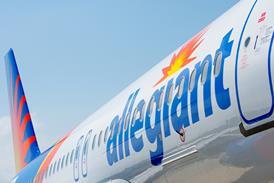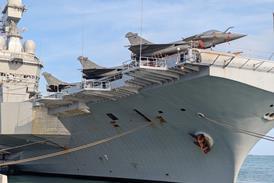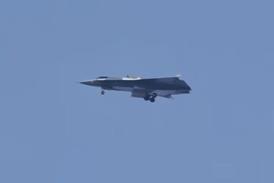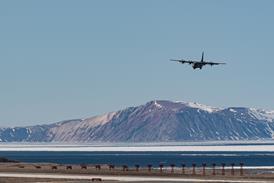Ryanair has cut is traffic target for the fiscal year beginning April 2025 after learning that Boeing will be unable to deliver sufficient 737 Max 8-200s to meet a passenger target that had already been revised downwards.
The Irish low-cost carrier had said in November last year that it expected to serve 210 million passengers in fiscal year 2026 but, on 27 January, revised that figure to 206 million – or around 3% year-on-year growth from the “almost 200 million” it expects to serve in the year ending 31 March 2025.
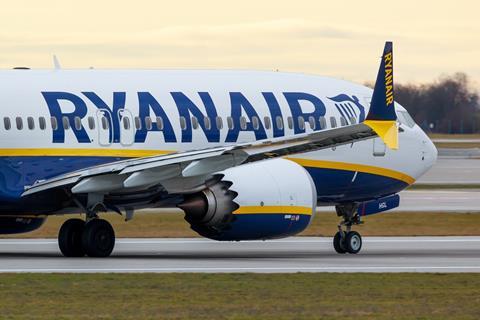
It cites Boeing’s recovery from strike action in 2024 as being behind the worse-than-expected delays.
Ryanair says it is “hopeful” that Boeing will deliver the outstanding 29 Max jets from its order for 210 units before March 2026, meaning it aims to catch up with the lost growth this year in the summer of next year. That implies the carrier expects to have added nine Max jets to its fleet before summer 2025, from the 172 it had on 31 December 2024.
Ryanair’s challenges with its expansion plans reflect broader issues in the European airline market, it notes.
“We expect European short-haul capacity to remain constrained in 2025 as many of Europe’s Airbus operators continue to work through Pratt & Whitney engine repairs, both major OEMs struggle with delivery backlogs, and EU airline consolidation continues, including Lufthansa’s takeover of ITA, Air France-KLM’s stake in SAS and the upcoming sale of TAP,” Ryanair states.
The business was discussing its capacity challenges as it released its fiscal third-quarter results, which showed the pan-European carrier benefiting from a small uptick in yields during the period to boost its net profit to €149 million ($157 million), from €14.8 million a year earlier.
That was achieved on revenue up 10% at €2.96 billion, which helped it swing to an operating profit of €32.6 million.
It further says its fuel hedging and “modest aircraft delay compensation” are among factors helping to offset ex-fuel cost inflation from sources such as crew pay and higher handling and ATC fees, alongside lost efficiency from the Max delivery delays.
Ryanair notes that the current, final quarter of its fiscal year will feature tough year-on-year comparisons, given Easter falls outside of the period in 2025, but is guiding for a full-year net income in the range of €1.55-1.61 billion.
The group ended 2024 with a fleet of 609 aircraft, including 410 737-800s, 172 737 Max 8-200s, 26 Airbus A320s and a single 737-700.



